|
Note: You can enlarge photographs below (except for the first) by clicking on them. To return to this page from an enlarged photo, click on the X in the upper right corner of the image. 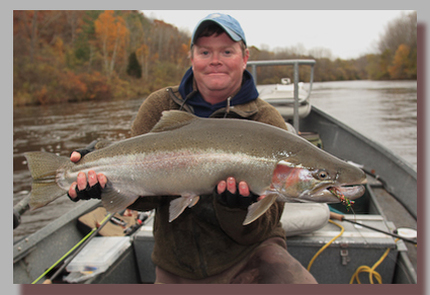 Kevin Feenstra, on the river Kevin Feenstra, on the river I've known for some time that my neighbor Kevin Feenstra is an avid angler and in-demand fishing guide on the nearby Muskegon River, but I only recently learned he's also an accomplished nature photographer. This I learned not from Kevin, who's a modest fellow, but from the bi-monthly events listing we receive from the Newaygo County Council for the Arts. There on the cover of the latest issue was one of Kevin's fish photos, and just inside, a full-page listing for "The Art of Fishing" exhibit underway at Artsplace in Fremont through August 15. In addition to Kevin's photographs, the exhibit features fine art and fine fishing craft by a number of other artists, plus collections of unique lures and fishing tackle. At the exhibit reception, from 10 a.m. to noon on August 13, Kevin will make a presentation, "Photographing a Big River." He'll also teach a two-hour class, "Photography: Nature of a Trout Stream," on Sept. 6. When I found out all of this, I wanted to hear more about Kevin's work and art and to share it with HeartWood readers. As it happened, Kevin was taking a rare break from guiding last week. When I trekked down the road to talk with him, I thought I might find him lounging on the deck for a change. But no, he'd just returned from a few hours on the river. Seems he can't stay away, even when he's not on the clock. In addition to guiding about 200 days a year, he spends another 50 to 75 days on the river fishing and photographing, he told me. Here's more of our conversation: Which came first, the fishing or the photography? Definitely the fishing first. The photography became part of it because my business is all catch and release. When you release a fish, a lot of times the people want at least a picture of it. Then, because I enjoy nature so much, I started doing more and more nature photography, which, since I'm out on the river every day, is probably the only other hobby I have time for. Another reason I got into the photography, besides the enjoyment, was that I do a lot of public speaking in the winter. When I go out and do programs, it's good to have quality photography. How did you learn each? Did someone teach you to fish? Did you take photography classes? Or are you self-taught? I started fishing when I was ten or eleven years old. At first I fished with my brother, but when he went off into the military I just picked it up more or less on my own. I read a lot as a kid, so I would go to the library and read every fishing book they had. In the beginning I was doing mostly spin fishing, but I picked up fly fishing pretty early on. My dad's great uncle died and left him some fly fishing gear, and since I was the only person that fished a lot in the family, I inherited the gear. Then I read the books and figured out how to do a little bit of fly fishing, and it took off from there. With photography, I also read a lot of books, and the internet definitely helped. I posted photos on some nature photography websites and had them critiqued. Do you see parallels between fishing and photography? Catch and release fishing and photography are both great ways to experience resources—like the rich wildlife in and around the Muskegon River—without having to harvest the animals. Another parallel is, to do either one right takes a lot of patience. You might have to wait quite a while for that creature you want to photograph to come along. For some of the photos I took of ospreys catching fish, I waited two days before one actually came down close enough. I do some snorkeling and underwater photography, and that has actually helped me with the fishing. I tie flies to imitate the various types of food the fish eat, and going underwater has helped a lot with that. Do you have favorite times of day or times of year on the river? I love being on the river in the evening most times of year, just because the light's so beautiful. But with a two-and-a-half-year-old son, it's harder and harder to do. I treasure those days when I can sneak out. The beauty of doing underwater photography is that even when the light's pretty harsh, it's fine for underwater work, because that requires a lot of light. What goes into a good nature photograph? Good lighting, obviously. When it comes to wildlife, understanding their behavior and what they're going to do. Most animals are pretty predictable—that's one thing you learn from fishing. Certain birds will be in the same area every day, and they like to feed at certain times of the day. If you can get the right lighting combined with the feeding activity, you can get a really nice image. And then seasonal things that happen on the river can make for interesting photos. The fall colors and all the salmon in the river in the fall, the winter ice, the renewal in the spring. There's always something that's beautiful. When you're out on the river, what kinds of things get you so excited you just have to grab your camera? Since our eagle and osprey populations are up, I sometimes see eagles and ospreys fighting. Ospreys taking fish is always a cool thing to see. At least a few times a year I see otter on the river. I also like colorful things like wood ducks. And this river has some turtles that are getting to be more and more rare: wood turtles and Blanding's turtles. Those are things you might see on the Muskegon that you might not see everywhere. I keep a camera with me even when I'm guiding, and sometimes I'll say, "Let me have a break." I don't take too many liberties with that, and people are very understanding. Some people may think being a river guide is a cushy, dream job, but I see you going out in all kinds of weather and I think it must have some real challenges. Right. A lot of people entering the guiding business think it's going to be a great, easy job. They quickly learn that there's a lot of hours you put into it each day—not just the guiding, but then you get home and you have to prep for the next day and return all the phone calls and emails. And for me, I tie all my own flies, so that's another hour every night. By the time everything's said and done, sometimes it's a twelve to fourteen-hour day, six days a week. What makes a good fishing guide? There's really two types of fishing guides: those who are really good at fishing and those who are really good at customer service. It's best to be a blend of the two. I always tell people that guide for me to try their best, but to try very hard to be good at the customer service end of things. Then if the fishing's bad, at least people will have an enjoyable time on the river. What about knowing the river? How do you learn the ins and outs of the river? Sheer time. I've been fishing up here since I was in my teens. Probably every possible day when I was a teenager, and when I graduated from college I was up here every day fishing. Then eventually I started guiding a little bit. The first year I was guiding maybe thirty to fifty days, but I was fishing every day I wasn't guiding. And eventually the balance tipped, and now I'm guiding way more than I'm fishing, and it's harder to take time to fish now. But it still helps to go out every day. That's my number one suggestion: If you want to be a fishing guide, you really have to put the time in. And you have to do it before you start to be a fishing guide. Because it's a lot harder to do once you're actually taking people fishing. And it's the same with photography, right? You just have to get out there and do it a lot. Right, put the time in. I tend to obsess about things that I enjoy, so I do put a lot of time in. You were single when you started your business 20 years ago, but now you have a wife, Jane, and son, Zach. Is fishing a family activity? Zach loves being out in the boat. Any fish I catch, he always wants to look at it and touch it. He attempts to help me reel it in, but we're not quite there yet. Jane likes to go out in the boat, too, but she'd rather read a book while I fish. Any parting thoughts or advice? For fishing, my advice to people is always just to keep their eyes down at the river and look into the water. A lot of times you'll see fish and can come back and catch them. One of the best ways to learn the river is the most obvious: just to keep your eyes peeled, and if you have access to a boat you can learn a lot just by driving up and down the river. The same thing holds true with the nature photography. Just keep your eyes open and watch for natural behavior. You can see more of Kevin's photographs at http://www.kevinfeenstra.smugmug.com/
8 Comments
8/3/2016 07:51:36 am
What a wonderful post and an indept look into Kevin's passion. The pictures are awesome. Thank you for sharing.
Reply
Sally Pobojewski
8/5/2016 06:16:25 am
These photos are stunning!
Reply
Emily Everett
8/6/2016 02:02:44 pm
This is a wonderful interview, Nancy. I felt like I was listening to him talk about his love of the river. His pictures are stunning.
Reply
Nan
8/7/2016 12:26:36 pm
Thanks, Susan, Sally and Emily. It was hard to choose just a few photos to use -- so many wonderful ones in Kevin's portfolio. If you haven't already, check out the link above to his SmugMug site.
Reply
Kitty
8/7/2016 05:53:45 pm
We saw Kevin at a Newaygo church last summer but your Q and A format with the photos was excellent. We plan to see his exhibit in Fremont this week. Thanks Nan as usual for sharing your talents❤️😺
Reply
Thank you Nan and Kevin for sharing about the life of a fishing guide and photographer. I especially enjoyed the photos from the delicate dragonfly to that tough turtle and all in between. My grandson and I visited the Artsplace for the fishing exhibit. Who knew fish could be the feature of a photo and fine arts exhibit? Breathtaking. And I learned a lot too. Glad I took my grandson who is an avid fisherman. He was thrilled by all the spectacular arts.
Reply
Nan
8/10/2016 07:11:02 am
I'm so glad to hear that you and your grandson enjoyed the exhibit. I was amazed at the diversity of creations, weren't you?
Reply
5/1/2024 01:07:51 am
Hmm… When i understand information sites using a related difficulty, even so when i never ever stopped at your site. When i added in the item to help populars likewise i’ll possibly be ones dedicated primer.
Reply
Leave a Reply. |
Written from the heart,
from the heart of the woods Read the introduction to HeartWood here.
Available now!Author
Nan Sanders Pokerwinski, a former journalist, writes memoir and personal essays, makes collages and likes to play outside. She lives in West Michigan with her husband, Ray. Archives
April 2022
Categories
All
|
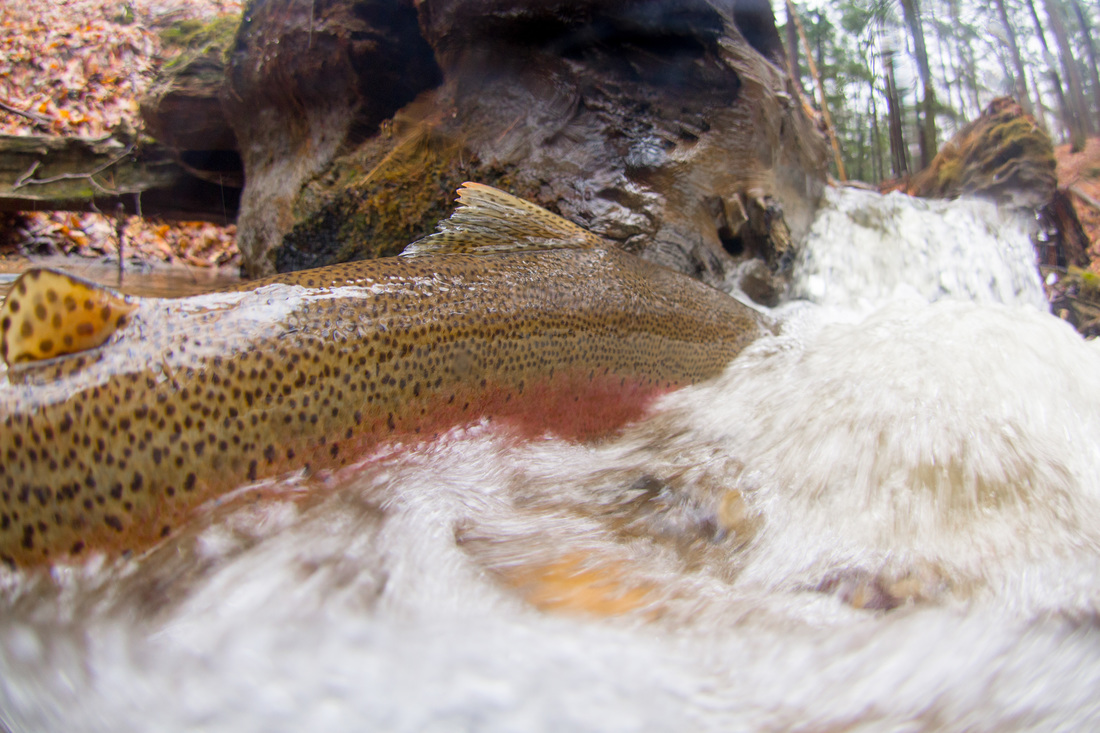
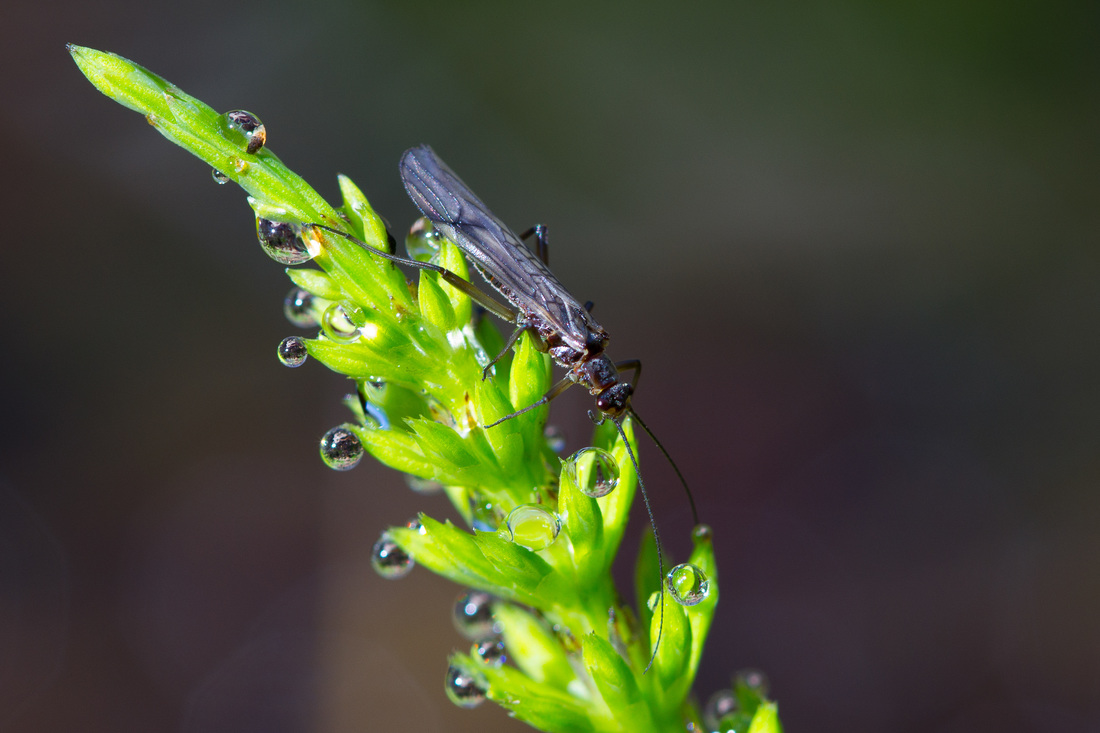


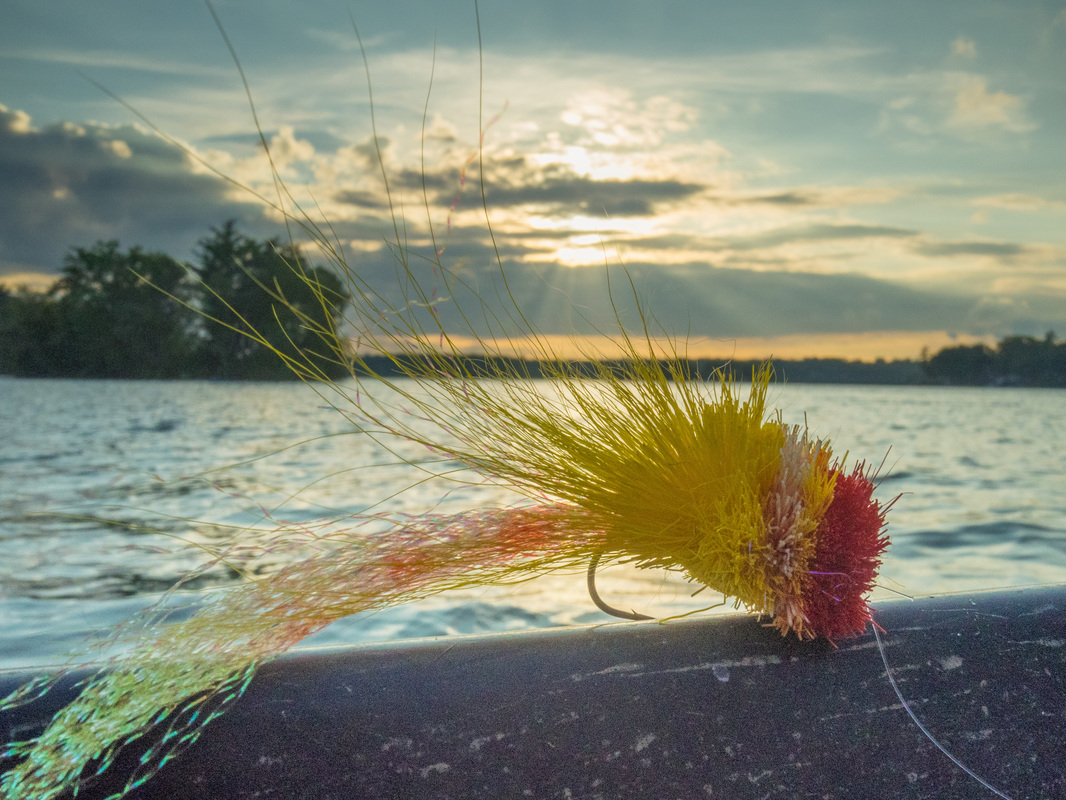
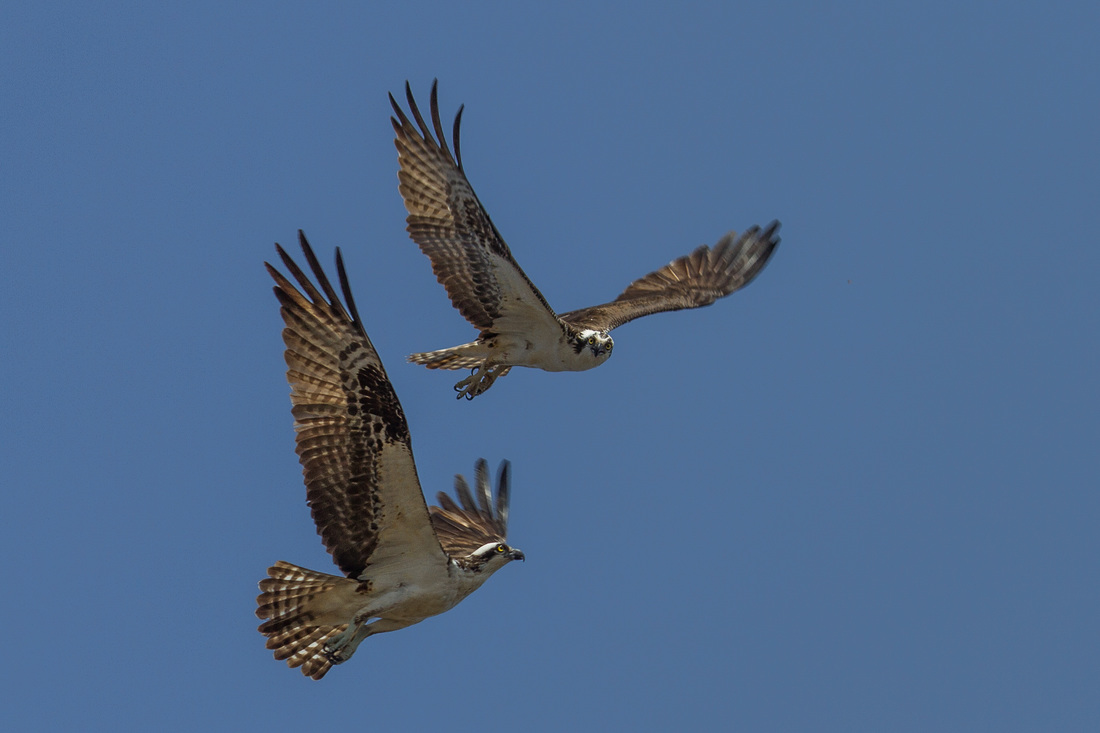
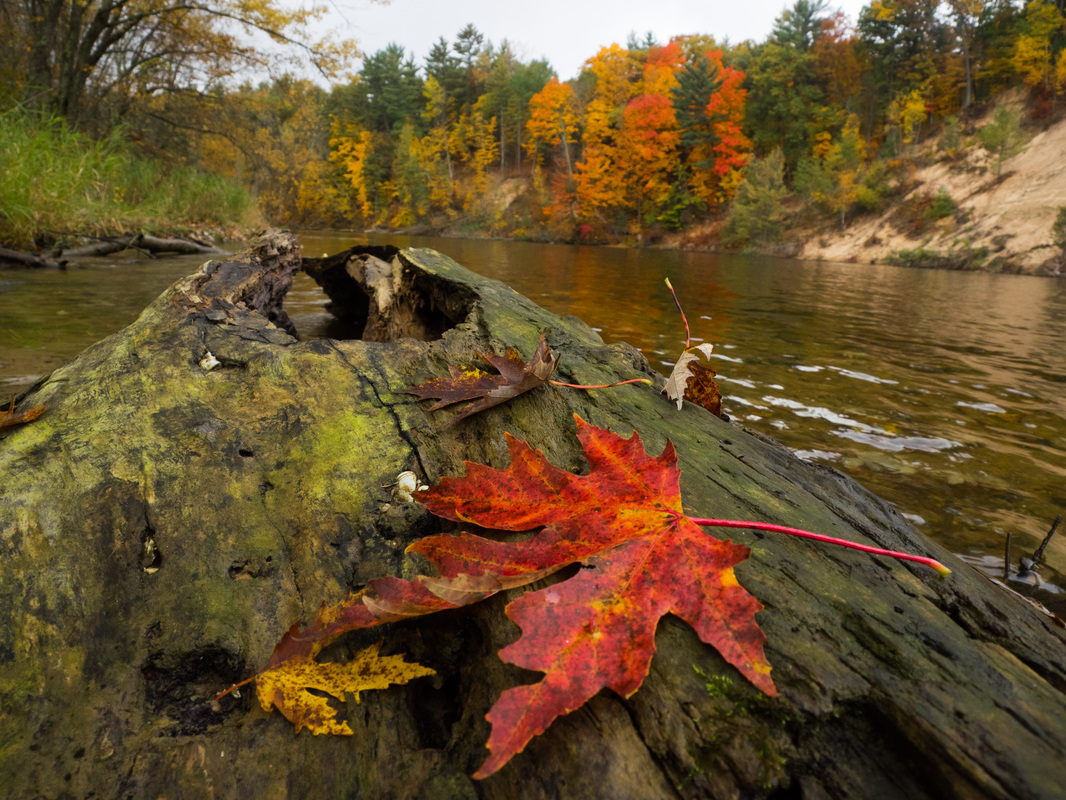
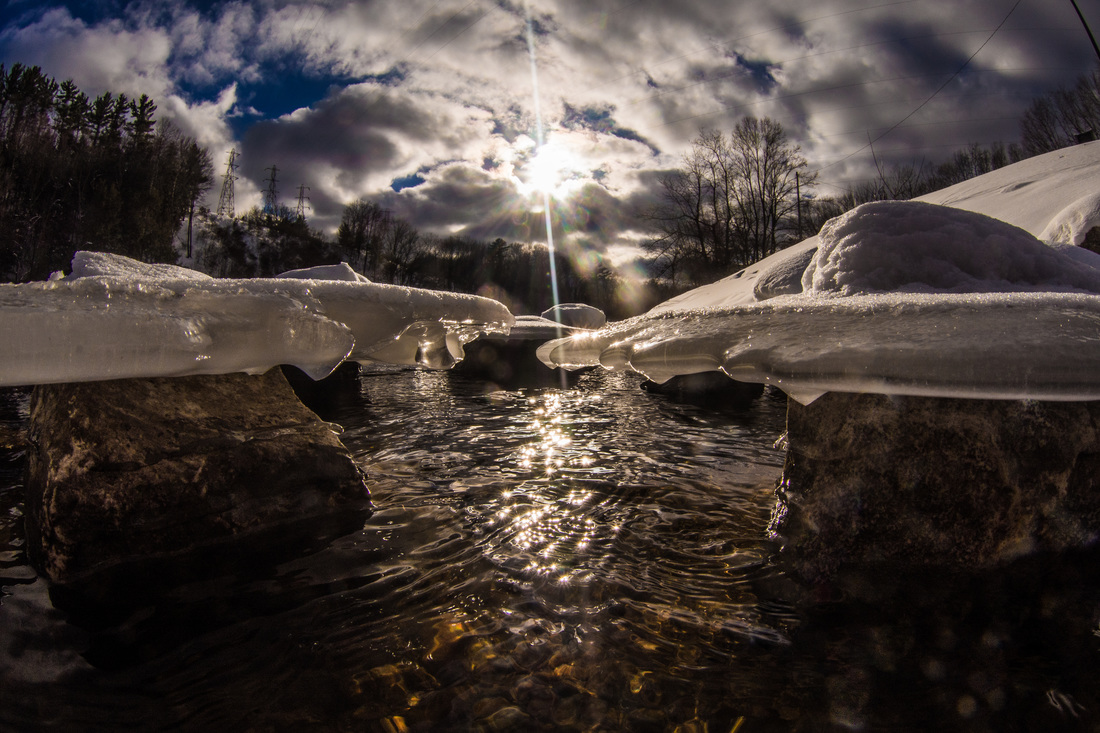

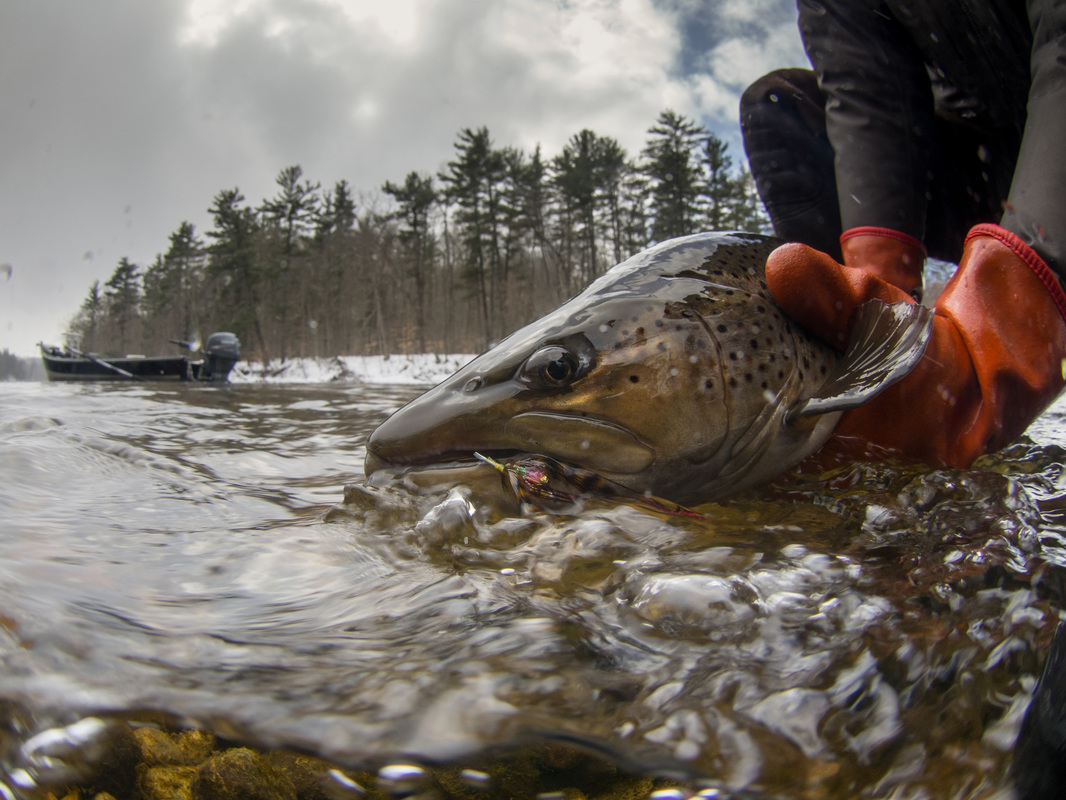
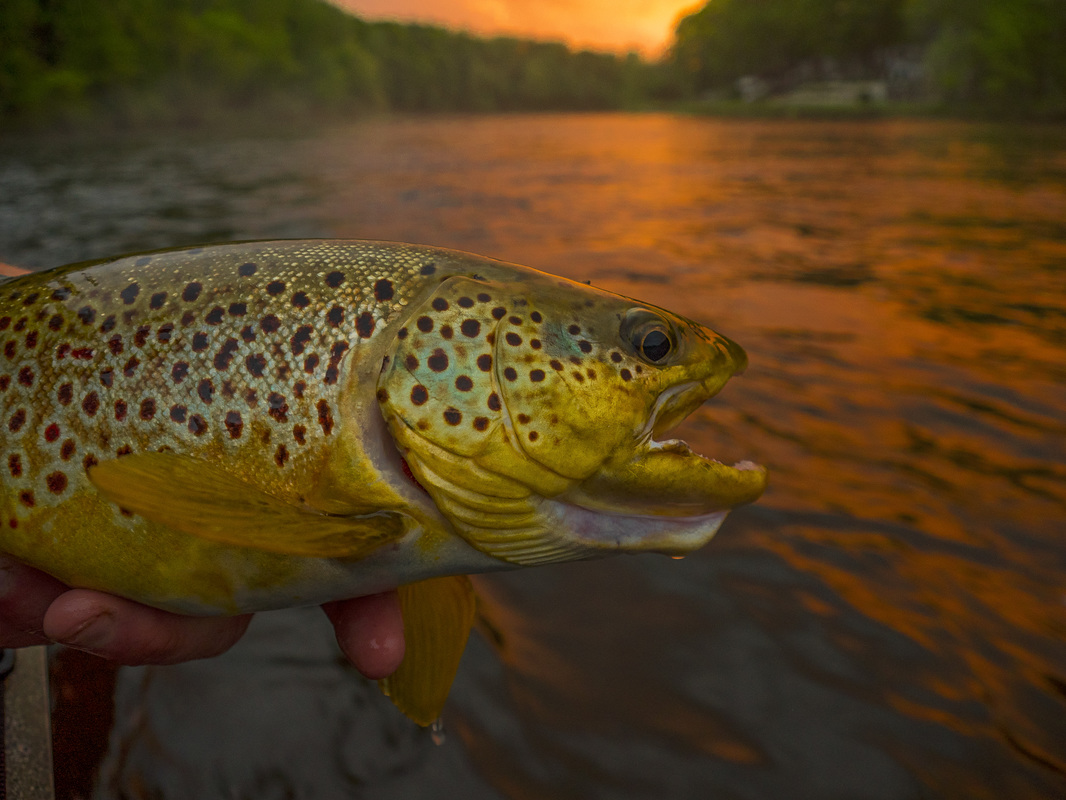
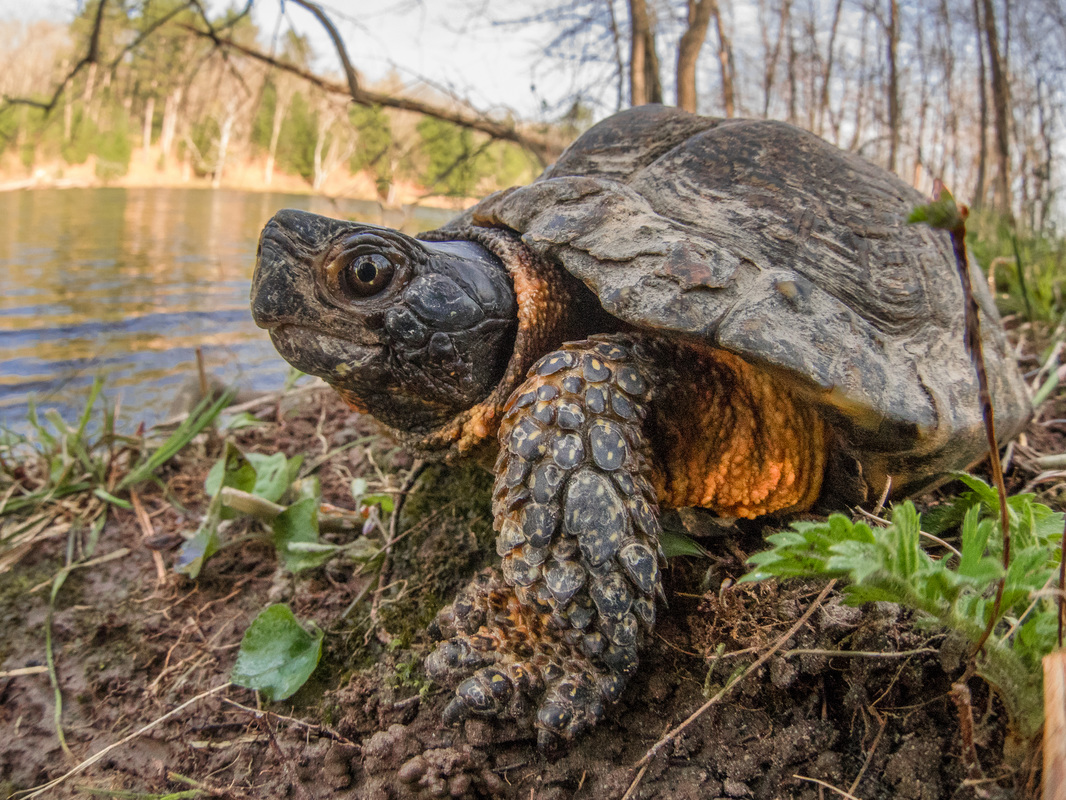
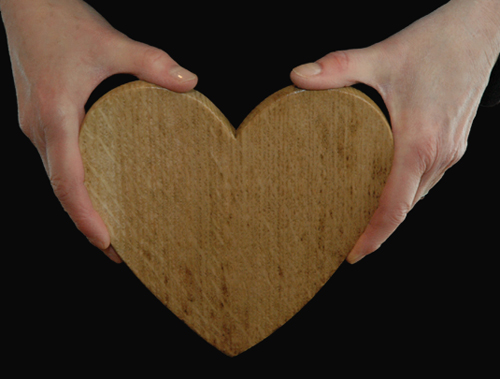
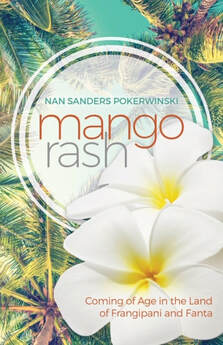
 RSS Feed
RSS Feed